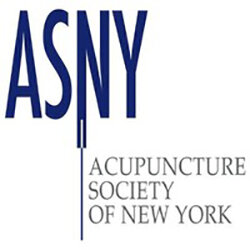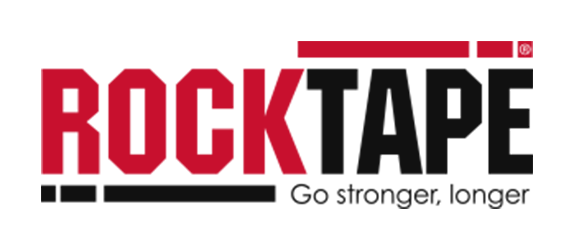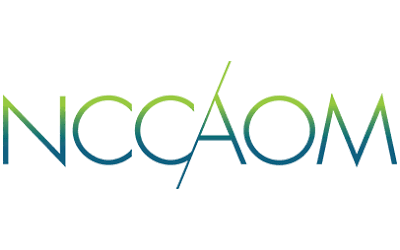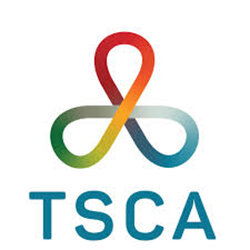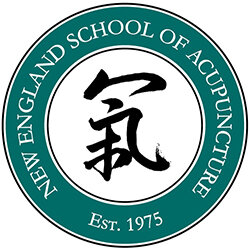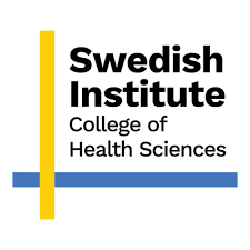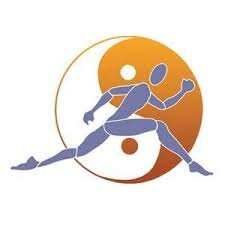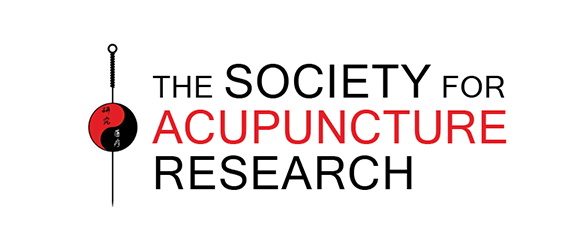Mommy Shoulder - Does Acupuncture Help?
/The journey of motherhood is a time filled with joy, challenges, and unexpected physical demands. Among these, a condition commonly known as "mommy shoulder" often catches new mothers by surprise.
Mommy shoulder can be a painful and sometimes debilitating condition. It is essentially a form of repetitive strain in the shoulder, which can significantly impact a mother's ability to care for her newborn and herself. But mommy shoulder doesn’t have to get in the way of your new journey as a mother. At Integrative Healing Arts, we offer many ways that can help relieve your shoulder pain.
What is mommy shoulder?
Mommy shoulder is not a clinical term, but rather a common phrase we use for shoulder pain and inflammation that occurs in new mothers. It's characterized by pain and stiffness in the shoulder joint, usually resulting from overuse, injury, or prolonged poor posture - all common issues for women caring for newborns.
The constant lifting, carrying, and cradling of a baby can put significant strain on a mother's shoulders, leading to this uncomfortable condition.
From a Traditional Chinese Medicine (TCM) perspective, mommy shoulder is related to several factors that disrupt the body's natural balance. Many TCM practitioners believe it's caused by liver qi stagnation, invasion of wind, cold, and dampness, and poor circulation of qi and blood. These factors lead to obstruction of the shoulder area and inadequate blood circulation, resulting in the pain and stiffness characteristic of this condition.
Causes of mommy shoulder
New mothers are more likely to experience mommy shoulder due to the repetitive lifting and holding of the baby. One of the primary causes is the repetitive motions involved in childcare - continual lifting and carrying a baby, especially as the child grows heavier, can put significant strain on the shoulder muscles and tendons. This repetitive stress can lead to inflammation and pain in the shoulder joint.
Leaning posture during feeding is another major contributor to mommy shoulder. Whether breastfeeding or bottle-feeding, mothers often find themselves hunching over their babies for extended periods. This position can lead to neck and shoulder misalignment and muscle imbalances, setting the stage for impingement.
Changes in sleep patterns can also result in mommy shoulder. New moms often sleep in unusual positions to accommodate their babies or to make nighttime feedings easier. These awkward sleeping postures can strain the shoulders, particularly if maintained for long periods night after night.
During and after pregnancy hormonal changes can also contribute to a woman's chances of developing mommy shoulder. The hormone relaxin, which helps prepare the body for childbirth by loosening ligaments, is present in the body for several months postpartum. This increased joint laxity can make the shoulder as well as neck and lower back more susceptible to strain and impingement.
The first few months of motherhood often leave little time for self-care or restorative exercise and can lead to muscle weakness and imbalances.
Symptoms of mommy shoulder
Identifying mommy shoulder early can lead to more effective treatment and faster relief. If you're a new mother experiencing persistent shoulder discomfort, it's important to be aware of the common symptoms associated with this condition.
The most obvious sign is pain and stiffness in the shoulder, especially when lifting your arm. This pain may be sharp or dull and can vary in intensity. Many women report that the discomfort worsens at night or during periods of rest, which can significantly disrupt sleep - something new mothers can ill afford to lose.
The pain associated with mommy shoulder isn't always confined to the shoulder itself. It often extends to the neck and shoulders as well as upper arm muscles, creating a broader area of discomfort. This can make it challenging to perform everyday tasks, such as picking up your baby or reaching for items on high shelves.
Limited range of motion is another sign of mommy shoulder. You may find it difficult to move your arm in certain directions, particularly when trying to reach behind your back or lift your arm above your head. This restriction can make simple activities like getting dressed or washing your hair unexpectedly challenging.
Weakness in the affected arm is also common. You might notice that your arm becomes tired while holding your baby for extended periods.
Acupuncture for mommy shoulder
Acupuncture is one of the most effective therapies for mommy shoulder. Acupuncture works by balancing the yin and yang energies in the body. By inserting fine needles into specific acupoints, practitioners aim to regulate the flow of qi and blood throughout the body, particularly in the affected shoulder area. This improved circulation helps to nourish the muscles and tendons, promoting healing and reducing pain. For shoulder impingement, one of our practitioners may focus on target points not only around the shoulder but also on other parts of the body that are believed to influence shoulder health.
One of the immediate benefits of acupuncture is its ability to trigger the release of endorphins, the body's natural pain-relieving chemicals. This can provide quick relief from the discomfort associated with mommy shoulder. Additionally, studies show acupuncture has an anti-inflammatory effect, which can help decrease swelling and pain in the shoulder joint.
The insertion of acupuncture needles can also help relax tense muscles around the shoulder, improving range of motion and further reducing pain. This muscle relaxation can be particularly beneficial for new mothers who may be holding tension in their shoulders due to stress and the physical demands of childcare.
Perhaps one of the most significant advantages of acupuncture is its ability to support the whole body's health not just the symptoms. By targeting specific acupoints, acupuncture addresses the tight muscles and local pain area while also supporting hormonal balance and healing ability in the body. Mommy shoulder can be exacerbated by hormonal changes postpartum that may contribute to inflammation and slower tissue repair. e. This holistic approach can lead to longer-lasting relief and may even help prevent future issues.
Studies have also shown the effectiveness of acupuncture in treating shoulder pain. Women receiving consistent acupuncture treatments often experience significant improvements in shoulder pain and function compared to those not receiving acupuncture. These benefits can be particularly valuable for new mothers, allowing them to care for their babies more comfortably and enjoy their journey into motherhood without the burden of constant shoulder pain.
Book your first appointment
Mommy shoulder can be a challenging condition for new mothers, adding physical discomfort to the already demanding postpartum period. But you don’t need to suffer alone in silence.
At Integrative Healing Arts, we can work closely with you postpartum to help you be the most comfortable self. Book with one of our experienced practitioners today to start your integrated healing journey that will benefit both you and your baby’s postpartum journey.


















